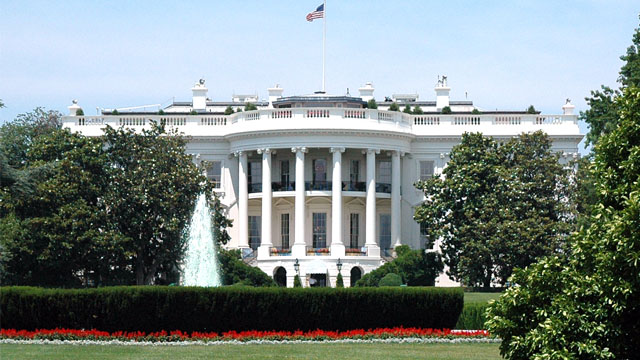First term economic indicators do not look good for Obama’s re-election
Voters will either give President Obama credit for making their lives better, or blame him for making them worse

Since his 2008 election, President Obama and his Administration have
been able to enact several signature pieces of legislation, such as the so-called stimulus and the Patient Protection and Affordable Care Act. After action in Congress has nearly ground to a halt, the Obama Administration has become quite active in the regulation and rule-making arenas as well, with such rules as the Boiler MACT and Cement MACT rules coming from EPA. After four years and evaluating these aforementioned policies, voters will either give the President credit for making their lives better, or blame him for making them worse.
If we strictly base our review of these policies on major economic indicators – which I argue we should and recent poll numbers show is the public’s overwhelming concern in this election – things do not look so good. These Administration policies have added to the National Debt by huge amounts, with the debt rising from $10.6 trillion up to $15.5 trillion today, leaving each person with an individual debt of $49,551; a $14,820 increase since the President’s swearing in. Unemployment has skyrocketed and, for a time, maintained double-digit percentage points for months on end. And, we have seen the cost of groceries, gas and other necessities surge by leaps and bounds.
Take a look at the numbers on Obama’s Inauguration Day, and compare them to current statistics. It is easy to see why most Americans think we are headed in the wrong direction. When the President took office, the unemployment rate was at 7.8 percent. Today, the unemployment rate stands at 8.3 percent. But what those numbers do not reveal is the dramatic decrease in the number of jobs available. Currently, there are 864,000 fewer jobs than there were on Inauguration Day in 2009.
The dearth of jobs and the rising cost of living also is dramatically adding to the country’s misery index; rising from 7.8 to 11.2 during the last four years. Specifically, increases in the cost gasoline and health insurance costs are putting a drastic strain on small businesses. With the steady decrease in jobs available, it is ever more difficult for Americans to keep up with the 105% increase in the cost of gas that has taken place during the Obama Administration. This, more than any other cost, is hurting middle class Americans.
Rising prices are the concern of not only the unemployed, but all Americans. Costs of home ownership, a college education, and starting a small business have become bloated and unattainable for many middle-class citizens, almost making the American Dream a thing of the past. The dream of owning a home for many Americans now is a nightmare of foreclosures and bankruptcy. The value of the average house has declined by 13 percent, and the number of foreclosures has exploded during the last five years.
With fewer jobs available to help pay those mortgage bills, the competitive job market now demands higher, more costly education. Yet, college tuition also has increased by 25 percent since Inauguration day. Average healthcare insurance costs have risen from $3,354 to $4,129 during the last 3.5; that’s a whopping 23 percent increase. The number of Americans living in poverty has risen from 39.8 million to 46.2 million – the highest number since the census starting keeping track in 1959. Forty-seven million people are now recipients of food stamps – about 14 percent of the total population.
Taken together, what do all of these statistics mean? They mean that, in truth, “No, we are not better off than we were four years ago.”
About the Author
Matthew B. Keelen, founder and President of the government affairs firm The Keelen Group, is a widely known and highly regarded lobbyist and political strategist with experience building relationships with key figures and a reputation for consistently delivering hard-earned victories. Acknowledged for his innate ability to establish and develop long lasting political relationships, Keelen has dozens of time-tested relationships with Members of Congress, including many who are in positions of considerable influence today. To learn more about The Keelen Group, visit www.keelengroup.com.


















